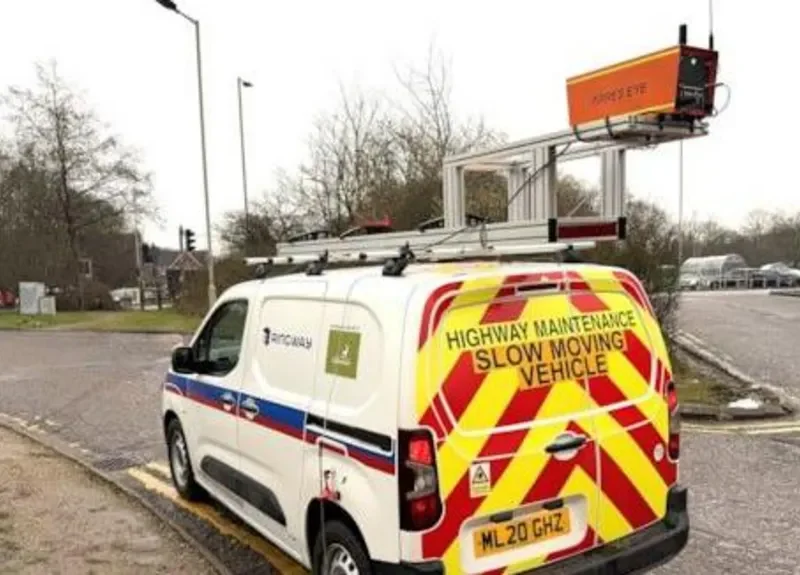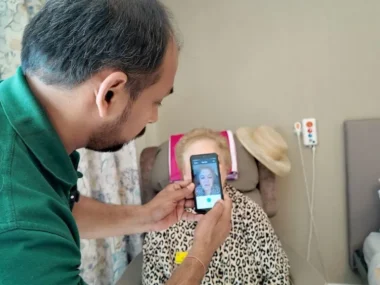New AI technology could assist a council in identifying potential potholes before they escalate into bigger issues.
Hertfordshire County Council has been testing Robotiz3d’s ARRES Eye, a scanner that attaches to council vehicles to gather data while staff carry out their daily tasks.
The scanner scans road surfaces to detect potholes, cracks, or weak spots in the road network.
Phil Bibby, executive councillor for highways, commented: “We understand that prevention is better than cure, so using technology like this to prevent potholes from forming is a key aspect of our long-term strategy.” The system displays the dimensions, location, and severity of defects on a remote screen in near real-time, assisting engineers in better planning road resurfacing and pothole repairs.
The council added that it had been working closely with Robotiz3d’s scientists to refine the technology.
Initial trials on a short route were conducted last year, and the system has returned for a long-term trial.
The scanner will be used to survey a specific route multiple times over several months, using laser technology to detect minor changes in the road surface as cracks widen during the cold and wet winter months.
Tracking these small changes over time could help pinpoint early signs of deterioration, potentially allowing the council to repair potholes before they form.
Bibby noted, “We know our residents care about the condition of the roads and pavements, and the unpredictable weather, including heavy rainfall and prolonged cold spells, all contribute to the appearance of potholes and the deterioration of road surfaces.”
While fixing potholes remains a challenge, he is hopeful that this new AI technology can detect issues at an earlier stage.
The council has proposed a £6m increase in next year’s budget for highway maintenance.











